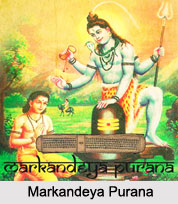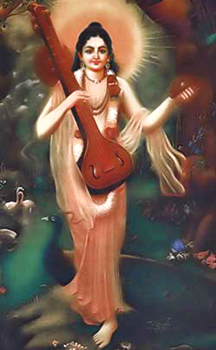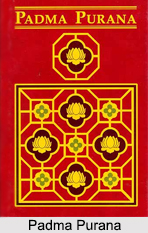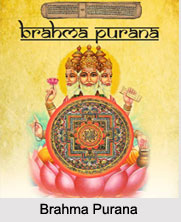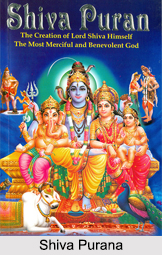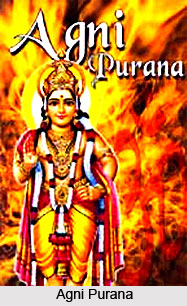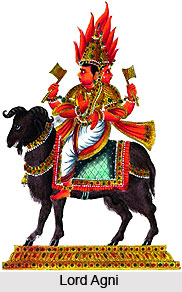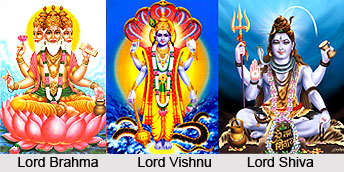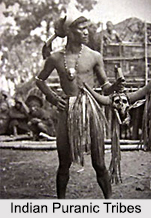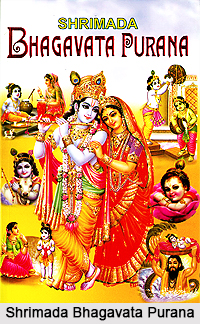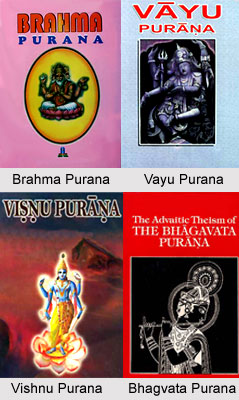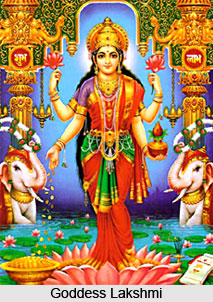 The Fire God has dealt with process of Murti Sthapana in the Agni Purana. He says that the image is to be looked upon as the embodiment of the Purusha or the Supreme Being, the real and subjective principle of the universe, who is known by the denomination of Narayana and the Pindika or the pedestal is to be considered as a symbol of Nature or the Goddess Lakshmi; and the ceremony of installation consists in bringing about the union of the two, which has the universe for its offspring. Men generally perform these ceremonies with a view to have a fulfilment of their heartfelt desires. The guru or the priest officiating at the ceremony shall cause the sacrificial sheds to be raised in the front of the temple or the divine edifice, on the extension of the two parallel side lines of its adytum. These sheds may be made to measure eight or sixteen or twenty cubits and the sheds, shall occupy half the space included between them, for the accommodation of the sacrificial bathing seats, pitchers, and substances deemed essential and necessary to the sacrifice. The auspicious sacrificial platforms shall be made as to occupy an entire one-third part and shall be hung over with a canopy, and bedecked with pitchers large and small.
The Fire God has dealt with process of Murti Sthapana in the Agni Purana. He says that the image is to be looked upon as the embodiment of the Purusha or the Supreme Being, the real and subjective principle of the universe, who is known by the denomination of Narayana and the Pindika or the pedestal is to be considered as a symbol of Nature or the Goddess Lakshmi; and the ceremony of installation consists in bringing about the union of the two, which has the universe for its offspring. Men generally perform these ceremonies with a view to have a fulfilment of their heartfelt desires. The guru or the priest officiating at the ceremony shall cause the sacrificial sheds to be raised in the front of the temple or the divine edifice, on the extension of the two parallel side lines of its adytum. These sheds may be made to measure eight or sixteen or twenty cubits and the sheds, shall occupy half the space included between them, for the accommodation of the sacrificial bathing seats, pitchers, and substances deemed essential and necessary to the sacrifice. The auspicious sacrificial platforms shall be made as to occupy an entire one-third part and shall be hung over with a canopy, and bedecked with pitchers large and small.
Agni Purana narrates that all substances to be used in the sacrifice shall be washed with the composition known as the Panchayabya and the priest officiating at the ceremony, shall wear ornaments, and deem himself identical with the god Vishnu, and shall commence the worship subsequent to that. The worshippers of the idols who are efficient in their worship shall be propitiated with rings and bracelets, and shall be established at the front of each sacrificial Kunda. The branches of the Pippala, Oudumbara, Bata, and other sacrificial threes should be posted at the different doors of the shed, which may be rectangular, semi-circular, lotus shaped, or circular in construction. A branch of the Plakhya should adore the east gate of the Mandapa, a Subhadra branch should decorate the south, and the northern and western doors of the Mandap should be decorated with the branches of the Sukarma and Subatra trees respectively.
As Lord Agni proceeds with the description of the process of Murti Staphana, he states that the pitchers should be placed five cubits apart at the foot of the each column of the sacrificial gates, and should be worshipped with the mantra beginning with the terms "Syonna Prithvi," their mouths having been previously filled up with the new born shoots of mango trees. The chakra or the ring shaped metal blade should be placed at the top of the sacrificial shed, together with a banner five cubits long, and sixteen finger`s broad. It says that obeisance should be offered to the various gods with the help of Mantras which have been dedicated to them. It is said that it is the obeisance and salutations to the lord are the ones which invoke the gods and goddesses.

